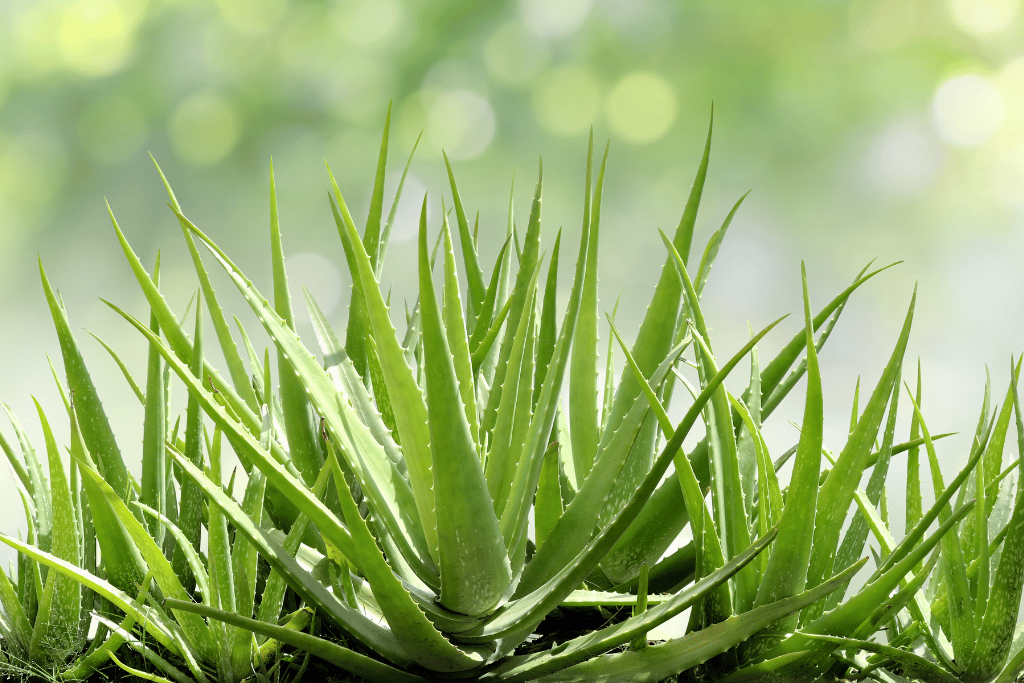
Syngonium wendlandii or ‘silver goosefoot plant’ is a popular houseplant that is a good choice for someone who likes the look of Pothos, Philodendron, or other species with arrow-shaped leaves. Although also a vining plant, Syngonium wendlandii is a slow-growing species that takes longer to become unwieldy and overwhelming, as Pothos can sometimes be.
This species features dark green leaves and a central coloring of white or cream around the leaf veins, resulting in an attractive and striking combination. The leaves also have a soft, velvety texture which can add some interesting variety to your house plant collection.
Although popular, this species can be difficult to find and is sometimes considered rare. If you are lucky enough to find one, they are easy to take care of once you are aware of its needs and will be a rewarding addition to your house!
Syngonium Wendlandii Care

Soil
Syngonium wendlandii soil requirements are not overly complicated. To prevent root rot and overwatering, this species wants a well-draining soil. This can be achieved by adding perlite or vermiculite to a high-quality potting soil or combining potting soil with sand or a cactus potting mix. Syngonium wendlandii also prefers soil high in nutrients, so additions like compost or fertilizer can be beneficial. Don’t add too much compost as this can easily compact and make the soil heavy, which then retains more water and potentially drowns your plant’s roots.
Light
Like most house plants, Syngonium wendlandii does best in medium to bright indirect light. Too many hours of direct sunlight on the leaves can cause damage and sunburns, so be careful if your plant is close to a window.
Syngonium wendlandii ‘scrambled eggs’ is a rare variegated form of this species which is highly sought-after. This variety has dark green leaves contrasted by splashes or blocks of yellowish-white coloring and sometimes grows leaves with no green at all. If you have this variety, be sure to provide adequate sunlight as species with white variegation often have a harder time photosynthesizing.

Watering
This species doesn’t need overly-frequent watering and shouldn’t be allowed to sit in standing water. Wait until the top 2 inches of soil in the pot are dry before watering. Water by placing your potted plant into a sink with 2-4 inches of water in the bottom, to facilitate the soil and roots drawing up water through the holes in the bottom of the pot. Alternatively, water from the top and allow any excess water to drain out the bottom before putting your plant back where it was.
Pruning

Syngonium wendlandii does not tend to grow too bushy when it is young and is considered a slow-growing house plant. As the plant matures, it will start to vine out and can benefit from pruning to promote the desired shape as well as a post or pole to grow onto. A mature plant can be up to 5 feet high and Syngonium wendlandii matures in about 5-10 years.
Syngonium Wendlandii Propagation
Since this species is relatively rare, and its varieties even more so, it is beneficial to know how to properly propagate! By doing so, you can easily expand your Syngonium collection, share it with friends and family, or even sell rooted cutting to people who are looking for one.

There are two main ways to propagate this species, via stem cuttings or suckers. Stem cuttings are very straightforward and can be rooted by following these steps:
- Take a cutting of a stem including a few leaves using a sharp, clear pair of clippers
- Allow the end of the stem to dry for 24 hrs to prevent rotting
- Dip the cut end into a rooting hormone to promote root development
- Plant the cut end into soil in a small pot and mist the soil thoroughly
- Keep the soil and cutting moist while roots establish, being careful not to soak the leaves
- Keep the pot in a warm and bright location out of direct sunlight
- In a few weeks, your cutting should have developed roots and is ready to grow!
Sucker cuttings are similar but a little different:
- Cut a 4 cm section of a sucker, ideally with some roots already attached to it
- If roots are present, you can plant into soil and treat the cutting as you would a new plant
- If roots are not present, place the sucker into a cup of water to allow roots to grow
- Change the water every few days to prevent bacterial growth
- Once roots form and are about 1 inch long, you can transfer into soil and enjoy your new plant!
Syngonium Salutations!
By following the advice above, you should be able to easily keep your Syngonium wendlandii happy and healthy. With some bright light, quality soil, and regular attention, this species is sure to quickly become a favorite and thrive under your care!



